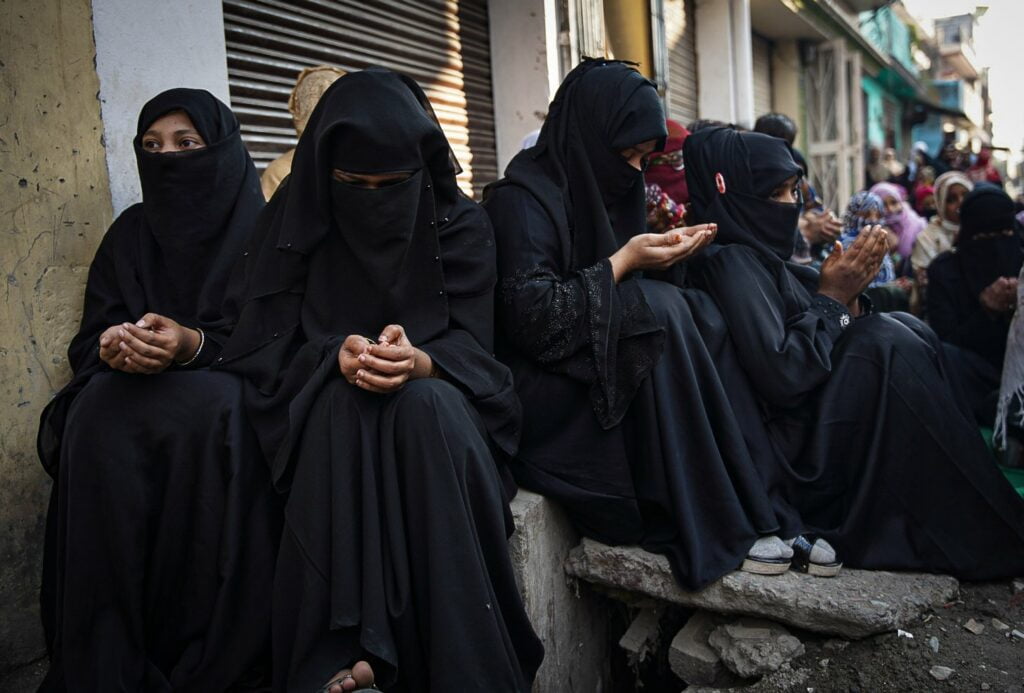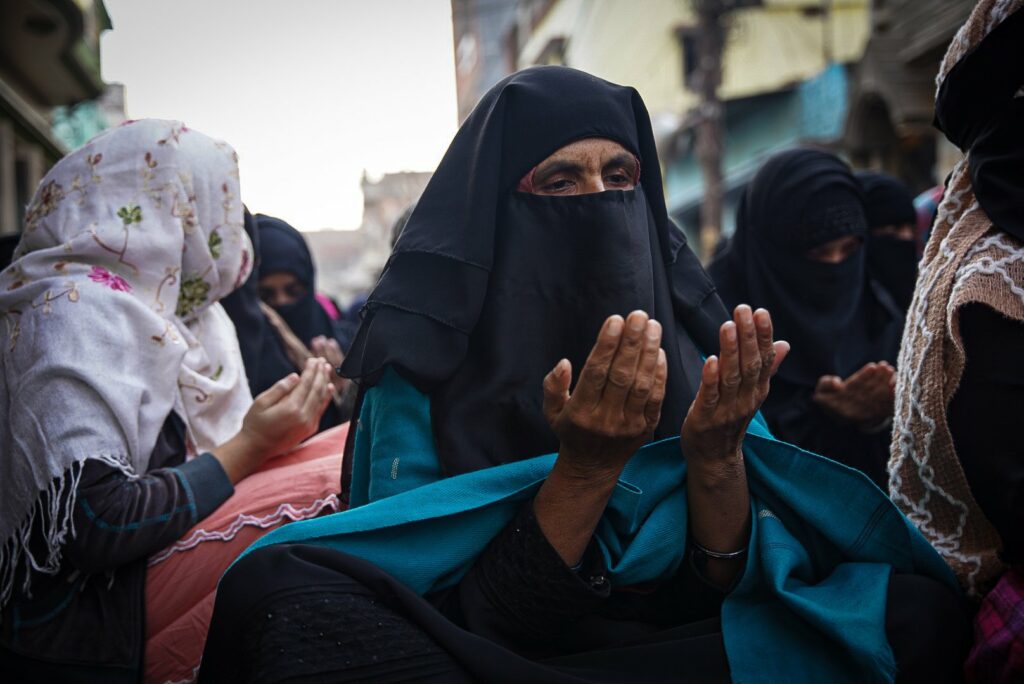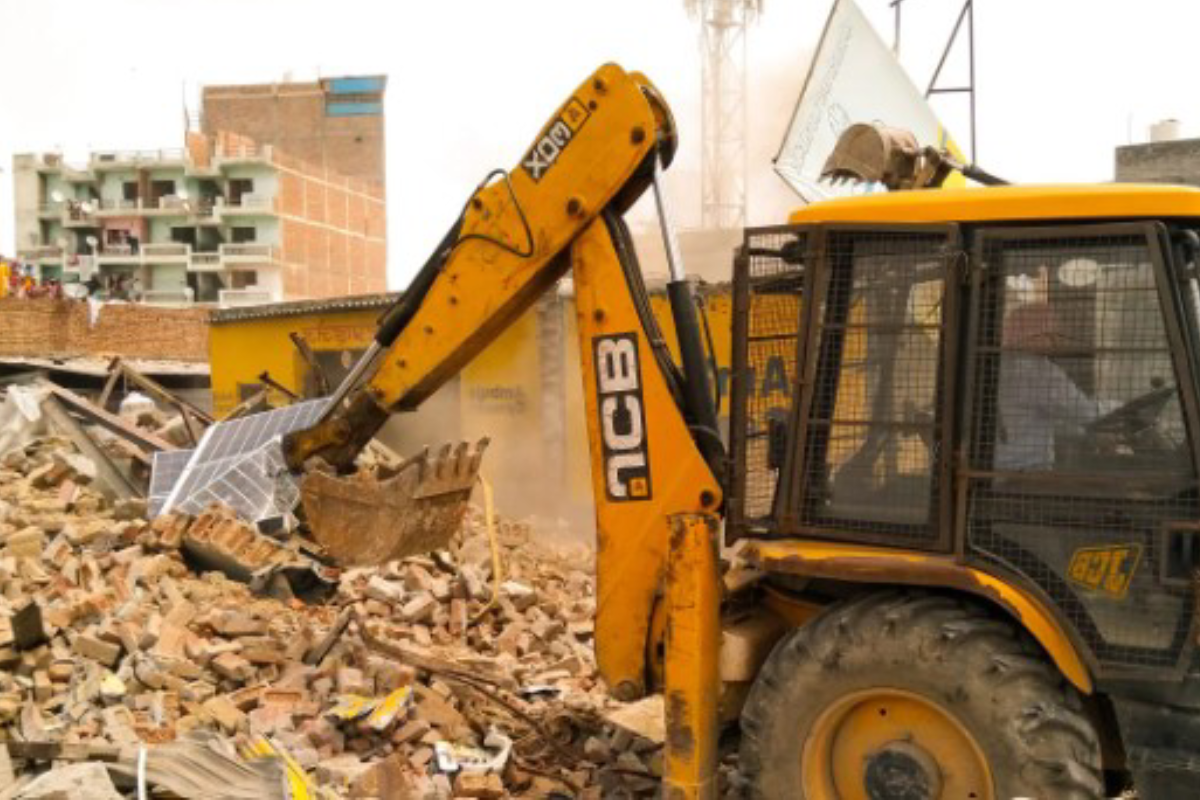Trigger Warning: Murder and Violence
Last month, the Uttarakhand High Court authorised the demolition of encroachment on railway land in Ghafoor Basti in Haldwani. The order directly impacted roughly 50,000 people in over 4000 families. The bench consisting of Justice Sharad Sharma and RC Khulbe directed the demolition on “encroached” railway land on a one week’s notice. The High Court observed that, “the railway authorities in coordination with the district administration, and if need be, with any other paramilitary forces, shall immediately, after giving a week’s notice to the occupants over the railways land, ask them to vacate the land within the aforesaid period.”
In 2014, when a Public Interest Litigation was filed in the High Court for an inquiry into the collapse of the Gola river bridge, the Advocate Commissioner submitted a report accusing ‘encroachers’ of indulging in illegal mining. An interim order was passed to remove alleged encroachment, but the Uttarakhand government appealed to the court to review its order and eventually filed a counter affidavit claiming that the land belonged to the Revenue Department.
On January 5, the Supreme Court halted the Haldwani eviction drive and noted, “we have put to the ASG that full rehabilitation of the persons in the area is needed. Issue notice. In the meantime there shall be stay of the directions passed in the impugned order. There should also be restrain any more construction/development on the land.” The Court added that “thousands cannot be uprooted overnight” and called for a “workable solution.”

Notwithstanding the apex court’s temporary suspension of the demolition drive, the Uttarakhand High Court’s order opens urgent questions regarding land ownership in Haldwani, especially since Right to Information (RTI) applications filed by residents provide proof confirming the contrary. Speaking to The Wire, Mohammad Ayaz, a resident, notes that the response to an RTI filed in 2017 clarified that “the railway has no documents to back its claims over ownership of land.” Formed to represent the families in the litigation process, the Basti Bachao Sangharsh Samiti similarly records that the leasehold documents of the residents are dated as far back as 1937 whereas the map provided by the Railway is drawn from a 1959 survey.
Also read: Why Must Hate Speech Against Muslims In India Be Condemned?
The issue of ownership is complicated by Uttarakhand’s separation from Uttar Pradesh in 2000 and the resultant rejection of the demand for a train service owing to lack of area. At the time, when it was remarked that the Haldwani Railway Station could not accommodate a new train, the problem of land encroachment was first raised. Tarique Anwar offers a cohesive summary of the case’s history: the railway filed an affidavit confirming its recovery of 10 acres of the 29 acres of land from ‘encroachers’ and requesting institutional support to recuperate the remaining 19 acres.
A year after the abrogation of Article 370 in Kashmir, Muslim Bakarwal and Gujjars faced the threat of eviction. Although the Forest Rights Act against forced displacements officially became applicable in Kashmir after 2019, its implementation is yet to be seen. Violent evictions in BJP-led Assam in 2021 provide another case in point.
In 2014, when a Public Interest Litigation was filed in the High Court for an inquiry into the collapse of the Gola river bridge, the Advocate Commissioner submitted a report accusing ‘encroachers’ of indulging in illegal mining. An interim order was passed to remove alleged encroachment, but the Uttarakhand government appealed to the court to review its order and eventually filed a counter affidavit claiming that the land belonged to the Revenue Department.

Speaking to The Quint, pharmacist Ishaan Singh insists, “If this land indeed belonged to the railways, then what is the state government doing here? Why are there government schools, government health centres and inter-colleges (on the land)?” If the land, as per the Uttarakhand High Court’s latest order, does indeed belong to the railway, how might we explain the existence of permanent structures such as schools and health centres on the site? The two women add that, “….why are they starting from Haldwani? They should start demolitions from Kathgodam and take it all the way to Lal Kuan.”
Many petitioners and activists contend that the demolitions in Haldwani are triggered due to its Muslim majority, an operation made particularly urgent to bring about a change in the region’s demography for BJP’s electoral gains. Similar evictions in Muslim-majority regions are, after all, increasingly becoming common.
A year after the abrogation of Article 370 in Kashmir, Muslim Bakarwal and Gujjars faced the threat of eviction. Although the Forest Rights Act against forced displacements officially became applicable in Kashmir after 2019, its implementation is yet to be seen. Violent evictions in BJP-led Assam in 2021 provide another case in point. Incidents of gross violence, particularly the stomping of a bullet-ridden body of the 28-year old farmer Mainal Haq, were casually explained by the state Chief Minister as outcomes of police response to a conspiracy instigated by the villagers.
Also read: From Hijab Ban To Bulli Bai/Sulli Deals: The Muslim Women’s Assertion Against The Hindutva
Today, the North Eastern Railway is extending the claim to not only 29 acres, but rather 78 acres of land. Resident petitioners remain uncertain of a future beyond Haldwani. Retired electrician Mohammad Israr Khan, speaking to The Quint, says, “I have been staying here since I was a child. Both my parents died here, I worked and aged here. My children grew up and got married in this colony. Whatever I have earned, I have sacrificed to make this house. Now if we are evicted, where will I go with my kids? I’m not a young man anymore to start working again.”
About the author(s)
Mridula Sharma is a researcher and a writer. Her work lies in the intersection of feminist theory, postcolonial studies, and popular culture.





